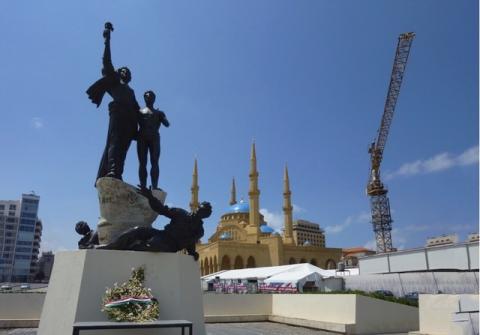Konstantin Kastrissianakis
Year submitted: 2012
Supervised by: Prof Wendy Pullan
Since the signing of the Ta'if Agreement that ended the civil war (1975-1990), Beirut has been characterised by the continuation of wartime territorialisation, leading to what has been described as the Lebanese capital's fragmentation. Post-war reconstruction efforts have consolidated war-induced urban demarcations, with a socio-spatial structure of multiple centralities and networked territorialities supplanting the centre-periphery hierarchy of the city. The lack of shared spaces between confessional groups often leads observers to conclude that Beirut has no public space or very little of it. This dissertation questions this assessment. It situates the dominant approaches to public space within their philosophical and historical contexts, highlighting their shortcomings. As an alternative, this dissertation suggests a relational approach to public space building upon Isaac Joseph’s work on public space as the "world at hand" and Michel Seurat's take on Ibn Khaldun’s asabiyya (group solidarity), combined with Peter Sloterdijk's notion of "immunological spheres". This approach questions the idea that urban territory and public space are mutually exclusive and considers them as being mutually constitutive. It investigates modes of city making and, in Sloterdijk’s words, “sphere-building” that Sunnis and Shi’as have been articulating under the aegis, respectively, of the Hariri dynasty and Hezbollah, the dominant actors of post-Ta’if Beirut and the leaders of currently opposing camps. In a study of Beirut’s Sunni milieu, this dissertation analyses the affirmation of Sunni sectarianism and territoriality through public space and concerted real estate acquisitions. Looking at the formation of a Shi’a milieu in Beirut’s southern suburbs and within municipal Beirut, the last section examines how a web of spaces and institutions articulate an Islamic sphere and “atmosphere” for Hezbollah’s Society of Resistance. The city’s streets and squares are here seen as inscribed within a larger network of spaces and instrumentalised in a competition over the stabilisation of urban territory.


